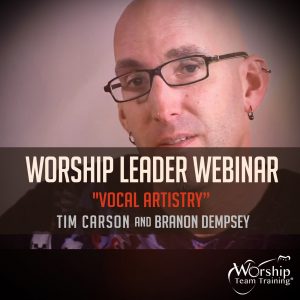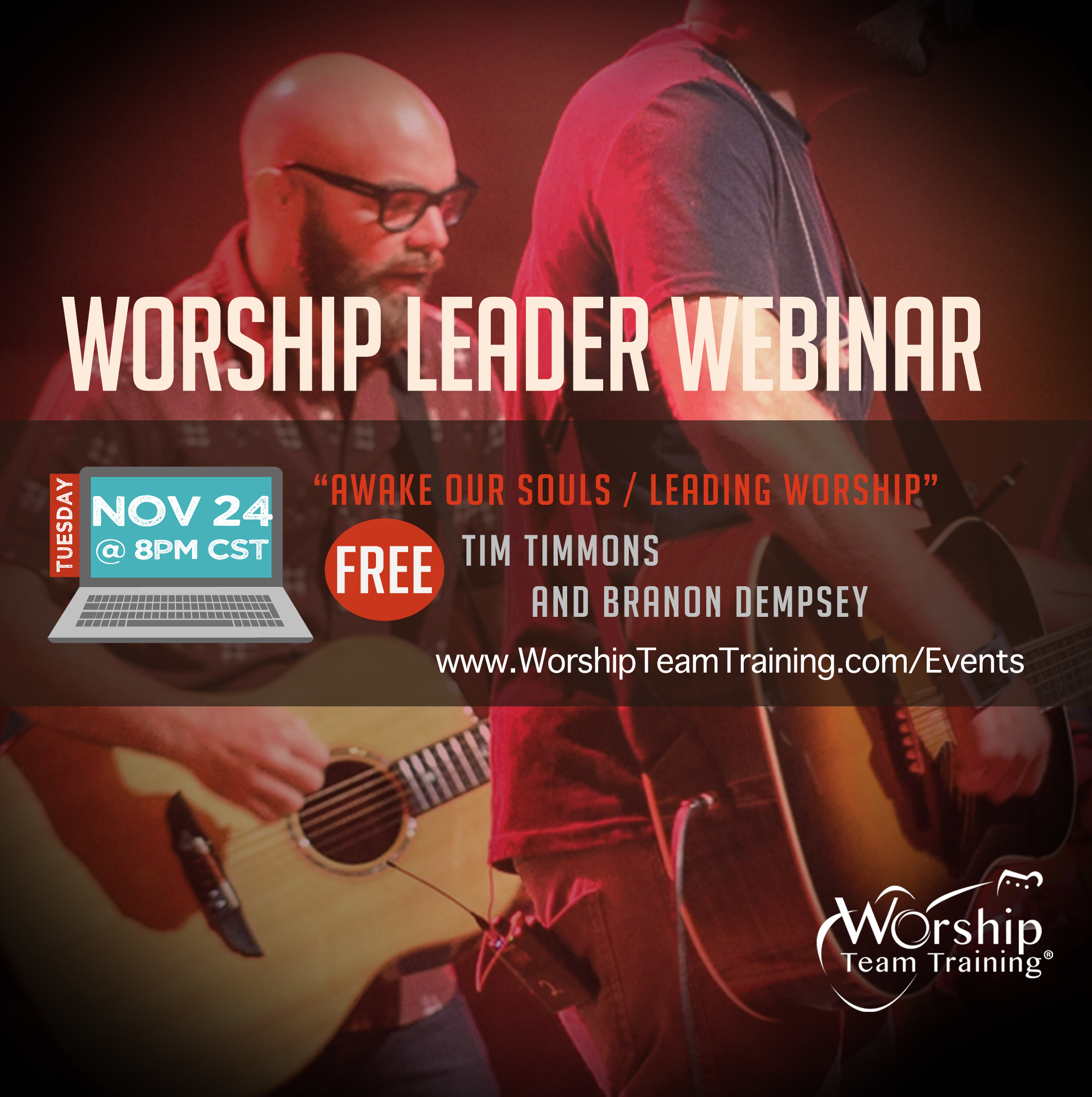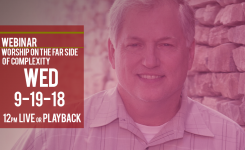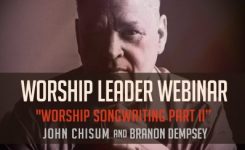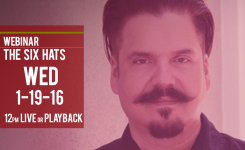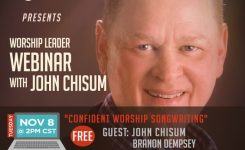Webinar
“Vocal Artistry” | Tim Carson Video Webinar + Bonus Full Article
Webinar: 30m + Full Article
Sing Through Artistry
As worship leaders and singers, connecting to the church in worship is vital. But how do you effectively connect when vocally, things may seem disconnected? Regardless of musical background or ability level, we can all take steps forward in realizing our full vocal potential. The journey toward becoming a worship vocal artist is one of life’s most rewarding experiences. So how do you take the next step toward connecting your heart? Learn to develop your voice and discover the freedom, strength, expression and style to be a worship vocal artist.
TIM CARSON WEBINAR
QUESTIONS:
1. As a vocalist, what is most important to you about the voice/good singing? What does it mean to be a vocal artist?
2. How do you work through the mentality of singing through songs versus leading worship?
3. What do you do to encourage others in your team about singing freely and connecting in worship?
4. Simply, what is your role as a worship artist and how do you exhibit this to your team?
Freedom Strength Expression Style
FULL ARTICLE BELOW
Discover Head and Chest Voice
As a worship leader, or worship vocalist, do you ever feel inadequate when it comes to really knowing how to get the most our of your multi-faceted voice? Every singer has two main functions of their voice: head voice and chest voice. These terms don’t just describe aesthetic nuances or colors that the voice is able to produce – they describe two significantly different physiological adjustments of the voice. The voice is constructed of a miraculous combination of muscles and cartilages that coordinate to produce these two different vocal “gears.” These very different functions of the voice create some wonderful opportunities for the vocal artist, but they also create some of the greatest challenges singers face as they strive to coordinate these two separate functions into one unified instrument.Effectively utilize both your head voice and your chest voice as you lead in worship!
The Challenge
Most singers are aware of these two different functions (registers) of their voice. For many, the relationship between the registers is a static one – like a jar of settled sand and water, you can see the line that separates the two. Many singers know this “line” in their voice all too well, and often times it has a note name attached to it. They receive a new piece of music and the first thing they do is scan through to see where they are going to have to navigate the awkward transition across the line.
Every singer has the potential to move beyond this line of separation between the registers, and experience the liberating freedom of true interplay between these two separate functions of the voice. How does a full octave overlap between the two registers sound? No longer do you have this rigid line to awkwardly navigate around, but rather a full octave in your voice that you can sing equally well in either register.And even beyond that, what if you were able to “mix” and coordinate the function of the registers, so that in essence, both parts of the voice were working at exactly the same time? This potential is not reserved for the vocally elite, but is a reality that every singer can achieve.
The Mysterious and Elusive Blend
The blend is one of the most difficult techniques to truly master, but is one of the most useful and rewarding skills of the vocal artist. The blend is impossible unless there is balance in strength between the two registers (chest voice and head voice) on the same pitch. You can’t blend something if you don’t have two things to put together, right? The best way to develop this balance in strength is to first isolate each register in its purest form, with no blend whatsoever – 100% pure chest voice and 100% pure head voice. The next step is to build overlap between the two (ideally a full octave). Then, finally, you are ready to begin the process of blending and coordinating the two registers together, not in a way that sticks them together, but in a way that allows each to move freely in and out of the vocal production at the will of the vocal artist. There are two blended registers – chest blend and head blend. Head blend is head voice with some of the muscular adjustment for chest voice also engaged. It is still primarily characterized by the light and ethereal quality of the head voice, but with some of the fullness and power of the chest voice blended in. The chest blend is the exact opposite – it is chest voice with a little bit of the muscular adjustment of head voice blended in. It sounds quite like chest voice, only slightly quieter and not as forceful (and strained) as pure chest voice, especially in the upper range. To develop the head blend, try getting louder on a sustained pitch in head voice, or vocalizing on an exercise in which you sing down a scale in head voice, and crescendo as you go lower (without switching to chest voice). To begin working on the chest blend, try an exercise in which you go up the scale in chest voice, and instead of getting louder the higher you go, get softer. I had a student who discovered the chest blend for the first time and described it as “decaffeinated chest voice.” This is exactly right – it’s chest voice, just without all the jolt, energy and overbearing volume.
Expanding Expression Every singer possesses the ability to expand their vocal expression by developing the full potential of their registers. Regardless of which of the above categories describes you, you can move beyond the limitations holding back your range. But it’s going to take hard work! Just like an athlete, you will only improve by consistently exercising your voice in the areas it needs to grow. Vocal Artistry has a full line of resources designed to help you develop the full potential in your voice. The Strength CD, and Strength II CD contain head voice isolation exercises, chest voice isolation exercises, register separation (yodel) exercises, and the Strength II CD also contains chest-blend exercises. All God’s best to you and your ministry as you develop the full potential of the talents the Creator has given you!

Want more ways to Develop Your Leadership and Worship Team? Become a WTTU Member, or Choose Update Now Get On-Demand exclusive training for your Worship Ministry, because You and Your Team deserves it. Become a Member Today!Copyright 2017 Worship Team Training®


